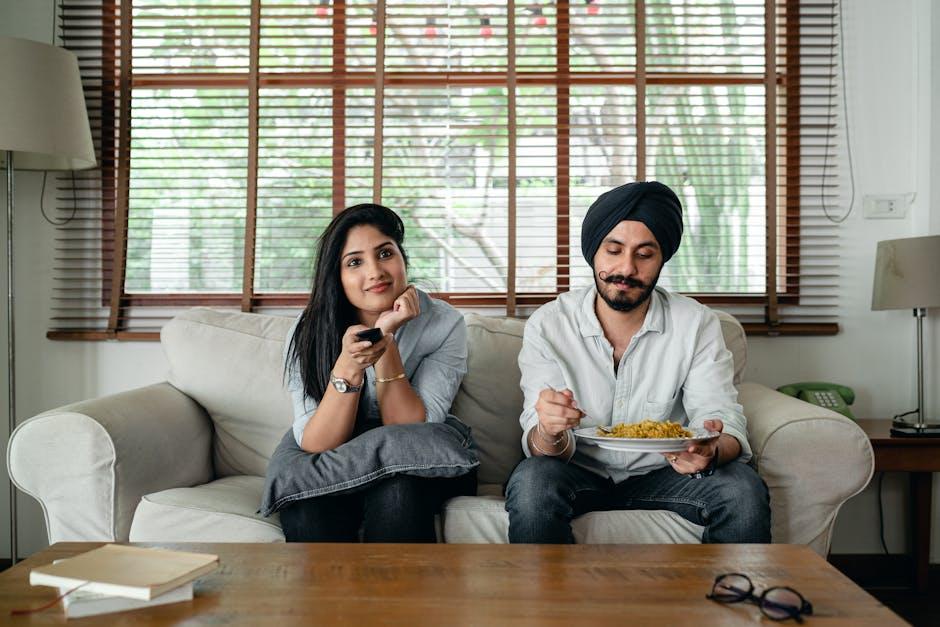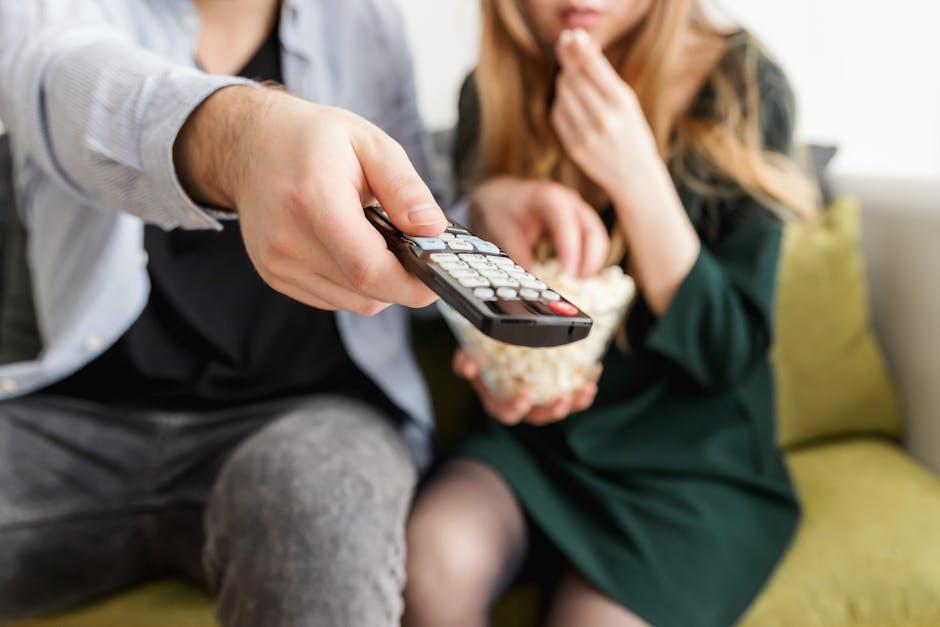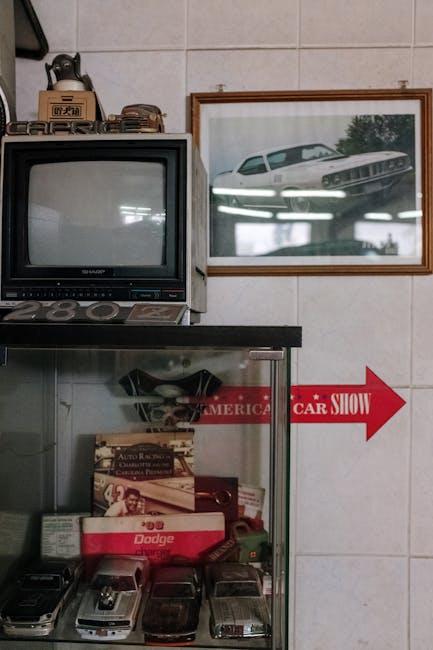In recent years, television has undergone a significant transformation, mirroring the evolving societal norms and values that shape our world. One of the most debated aspects of this transformation is the perceived increase in political correctness within TV shows. This shift has sparked a wide array of opinions, with some applauding the move towards more inclusive and sensitive content, while others argue that it stifles creativity and dilutes the authenticity of storytelling. As we delve into this complex issue, it is crucial to examine the factors driving this change, the impact on both creators and audiences, and the broader implications for the future of television. By analyzing these elements, we aim to provide a balanced perspective on whether TV shows are indeed becoming too politically correct, or if they are simply adapting to the demands of a more conscientious society.
Understanding the Shift: Analyzing Political Correctness in Modern TV Shows
In recent years, the landscape of television has undergone significant transformation as creators and producers strive to navigate the complex terrain of political correctness. This shift is not merely about avoiding offense; it is about embracing a more inclusive narrative that reflects the diversity of modern society. Political correctness in TV shows often manifests in several ways, including:
- Diverse casting choices that represent various ethnicities, genders, and sexual orientations.
- Storylines that address contemporary social issues such as gender equality, racial justice, and mental health awareness.
- Dialogue and language that are carefully crafted to avoid stereotypes and derogatory terms.
While some argue that this evolution leads to richer and more authentic storytelling, others feel it may constrain creative freedom. The balance between artistic expression and social responsibility remains a topic of debate. However, the undeniable trend toward more politically correct content indicates a growing recognition of television’s powerful role in shaping cultural norms and values.

Cultural Sensitivity or Creative Constraint: Balancing Diverse Narratives
As television increasingly reflects the kaleidoscope of global cultures, the fine line between cultural sensitivity and creative constraint becomes ever more pronounced. On one hand, there is a growing imperative to depict characters and stories that resonate with diverse audiences, ensuring representation across gender, race, sexuality, and other identity markers. Cultural sensitivity calls for thoughtful portrayals that avoid stereotypes and offer authentic narratives. However, this noble pursuit often collides with the creative liberties traditionally afforded to writers and producers, who may feel constrained by the potential backlash from inadvertently offending segments of their audience.
Critics argue that the drive for political correctness might stifle originality, resulting in narratives that are overly cautious or sanitized. Yet, others see this evolution as a positive force, pushing creators to delve deeper into stories that were previously overlooked or marginalized. The challenge lies in striking a balance that honors both the creative vision and the diverse realities of the audience. This dynamic tension is reflected in the following aspects:
- Character Development: Are characters being written with depth and complexity, or are they merely ticking diversity boxes?
- Storylines: Do the plots provide genuine insights into different cultures, or are they diluted to avoid controversy?
- Audience Engagement: Are shows fostering meaningful conversations among viewers, or are they leaving audiences polarized?
The path forward requires ongoing dialogue and a willingness to embrace both the challenges and opportunities presented by a more inclusive media landscape.

Impact on Audience Engagement: Viewer Responses to Politically Correct Content
The introduction of politically correct themes in TV shows has stirred diverse reactions among audiences, significantly impacting engagement levels. Some viewers appreciate the shift towards inclusivity and representation, arguing that it reflects societal progress and fosters a more equitable media landscape. They feel more represented and valued, which often translates into increased loyalty and advocacy for such shows. Viewer engagement in this segment is characterized by positive social media interactions, fan art, and discussions that delve into the nuances of these themes.
Conversely, a portion of the audience perceives the emphasis on political correctness as excessive, claiming it sometimes sacrifices storytelling for the sake of adhering to social norms. This perspective often leads to critiques that highlight a perceived lack of authenticity or creativity. Common viewer responses include:
- Criticism of forced narratives
- Discussions on the balance between representation and entertainment
- Comparisons with earlier content perceived as more genuine
Ultimately, the effect on audience engagement is multifaceted, as it prompts conversations that extend beyond the screen, influencing how shows are consumed and critiqued. The ongoing debate continues to shape the landscape of modern television.

Recommendations for Content Creators: Navigating Political Correctness in Storytelling
In the evolving landscape of modern storytelling, content creators face the challenge of balancing authenticity with sensitivity. To successfully navigate the intricate web of political correctness, creators should consider several key strategies. First, embrace diversity by incorporating a range of voices and perspectives. This not only enriches the narrative but also resonates with a broader audience. Second, prioritize accuracy over stereotypes. Conduct thorough research to ensure that representations are nuanced and avoid falling into clichéd portrayals that can alienate viewers.
Moreover, adopting an inclusive writing approach can make a significant difference. Consider the following recommendations:
- Engage with cultural consultants to provide insight and feedback on sensitive topics.
- Foster an open dialogue within the creative team to address potential biases and assumptions.
- Be mindful of language, opting for terms that respect and acknowledge the identities of all characters.
By implementing these strategies, creators can craft stories that are not only compelling but also socially responsible, ensuring their work remains relevant in an increasingly diverse world.







































